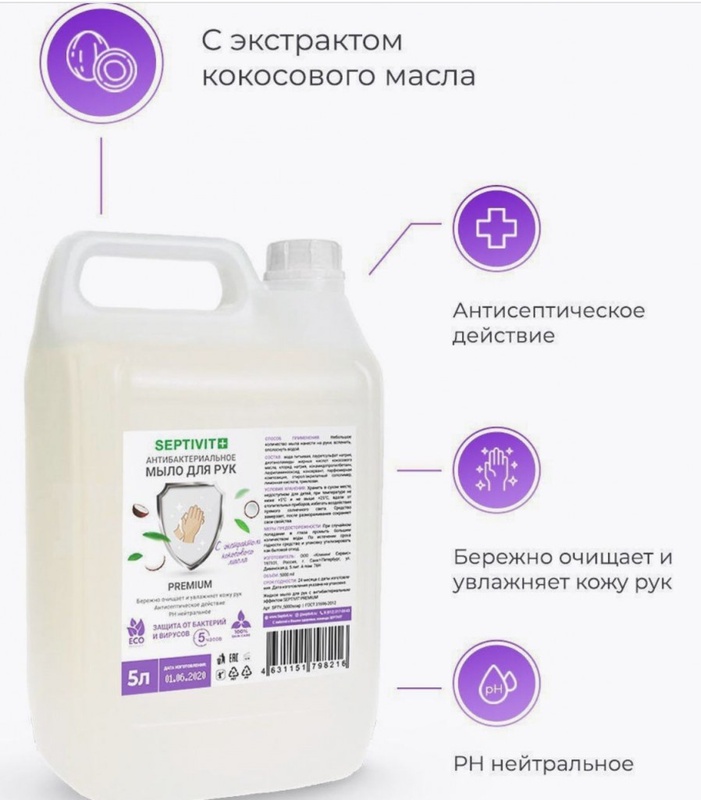Mar 31, 2021 שימו לב.
 בריח קוקוס נהדר, לא מייבש את העור
בריח קוקוס נהדר, לא מייבש את העור